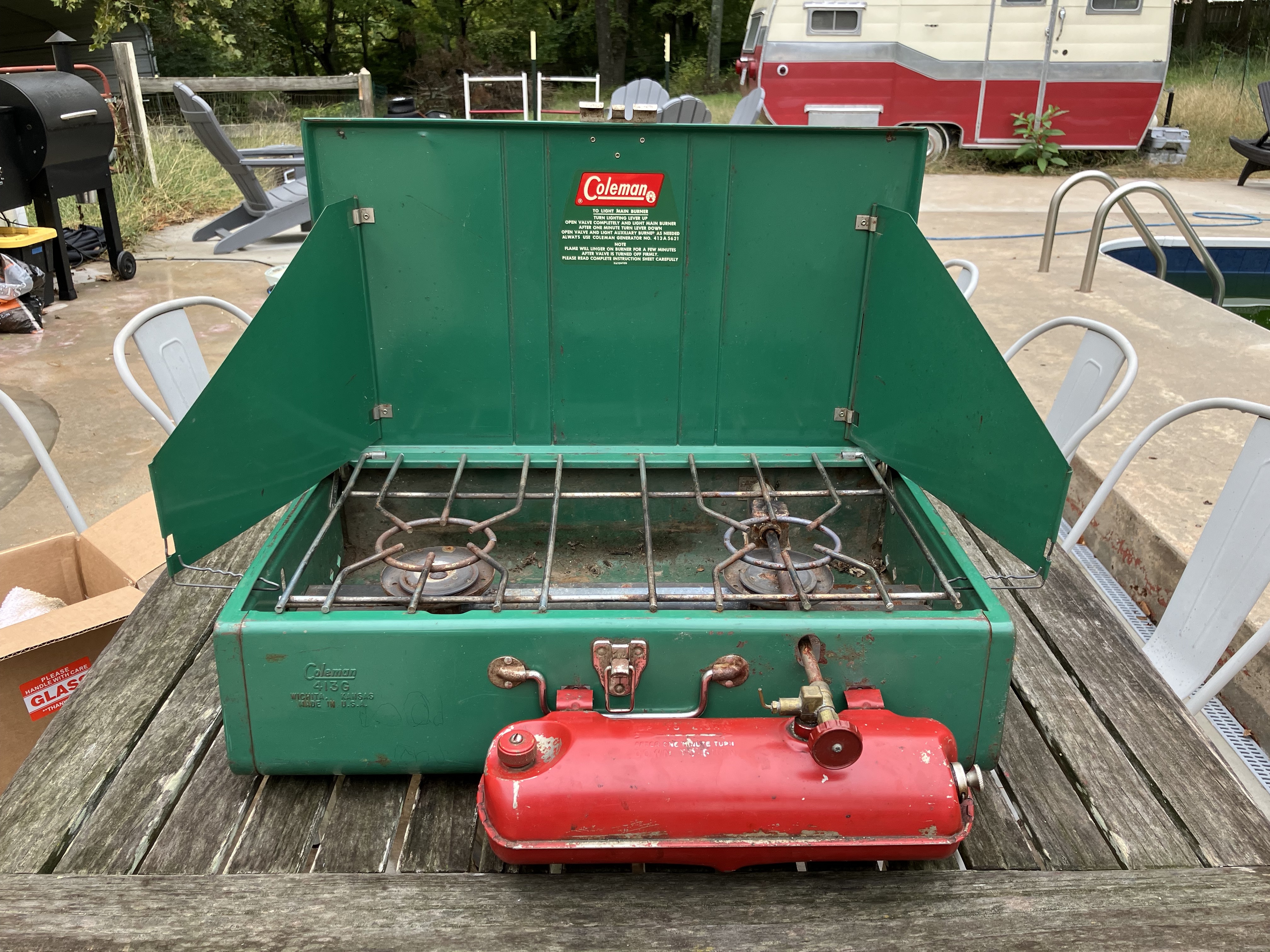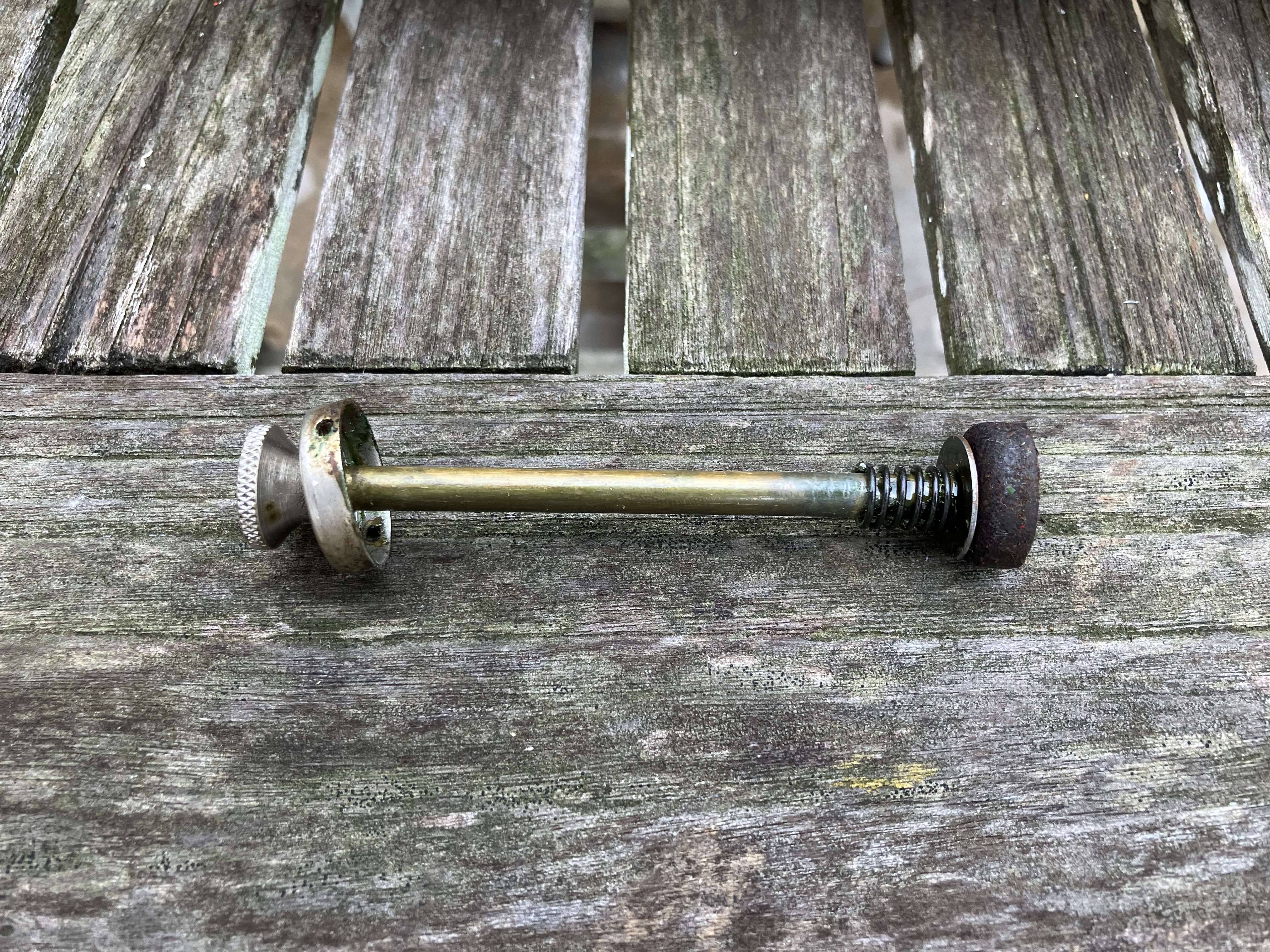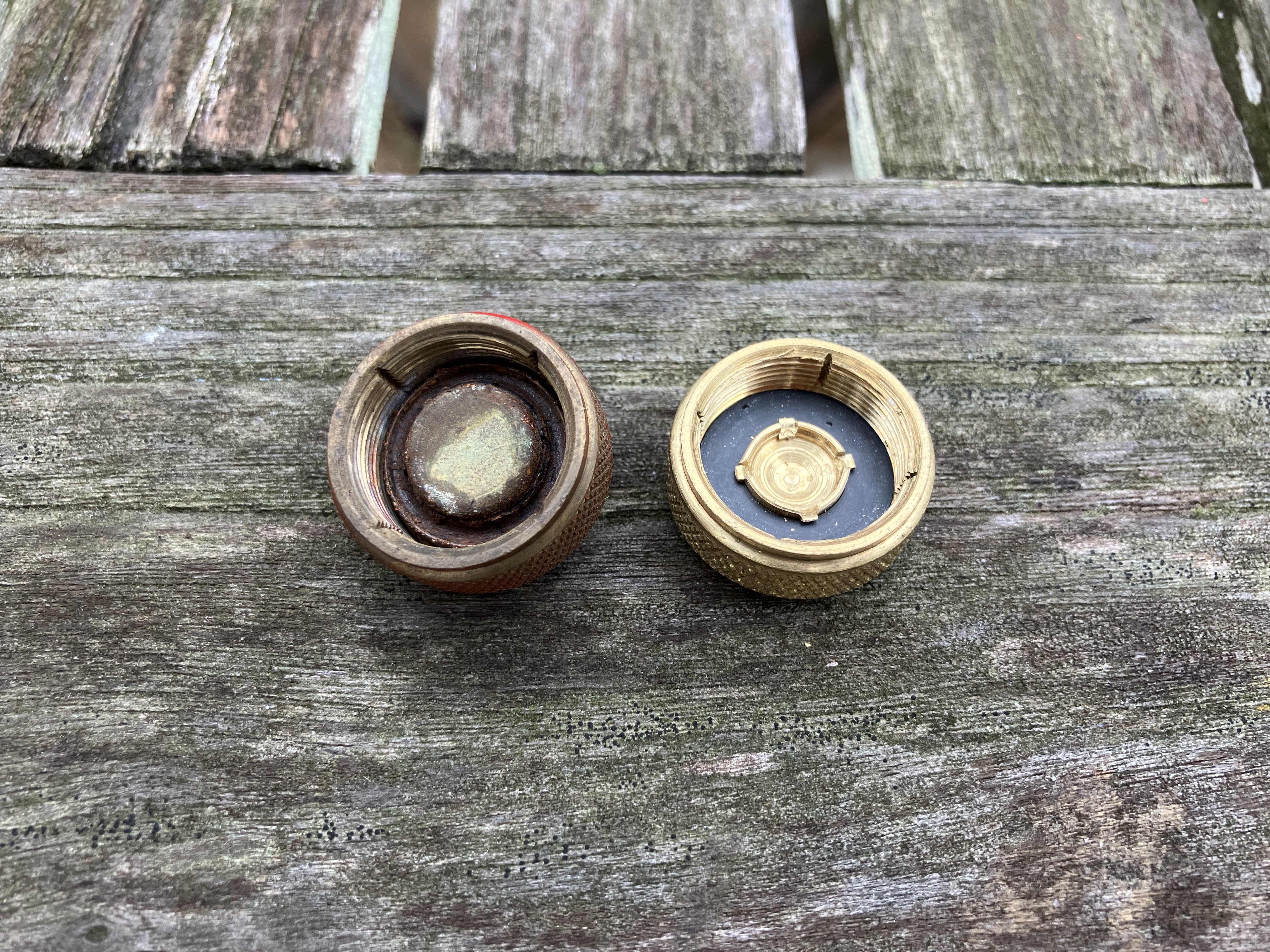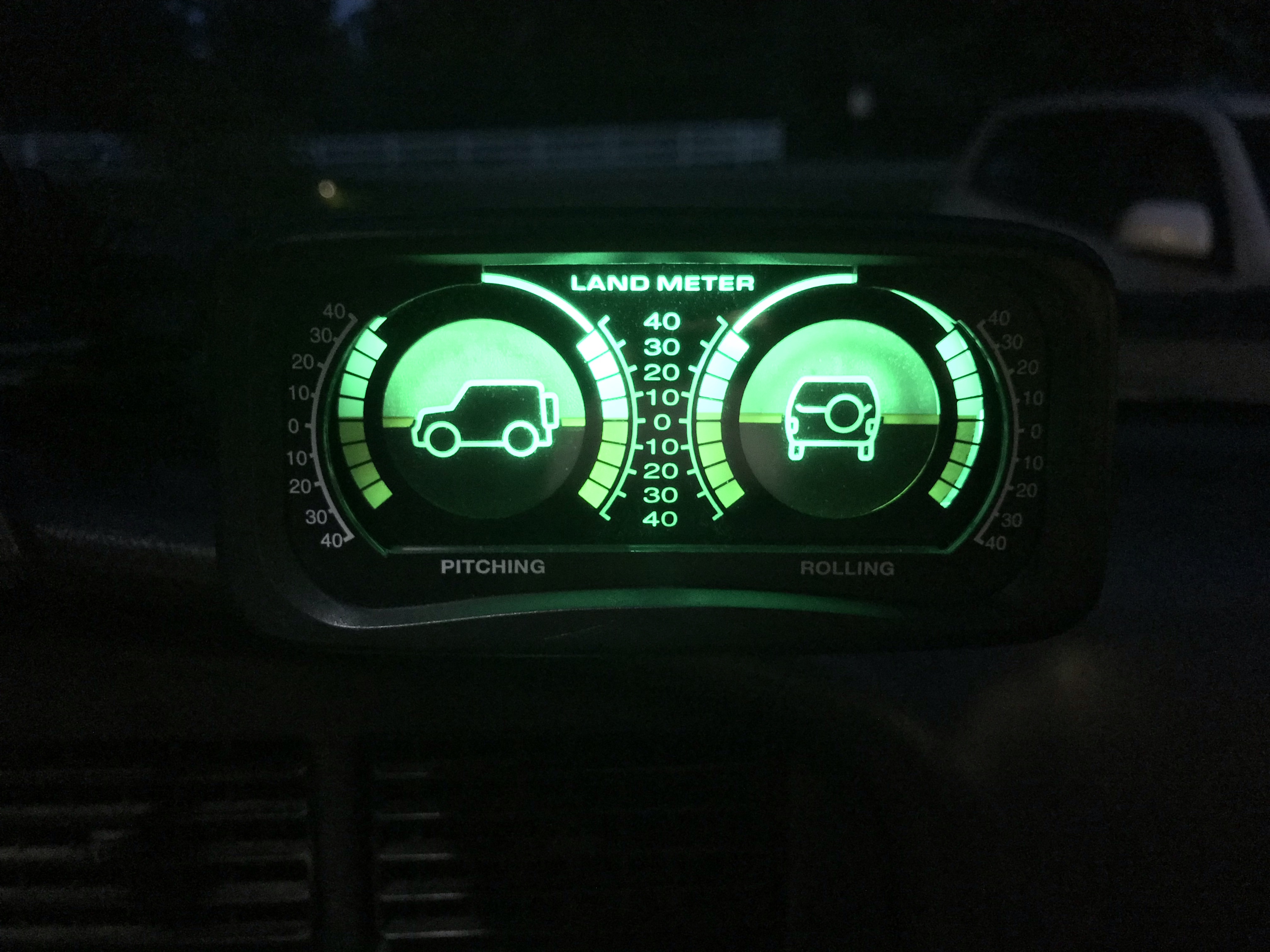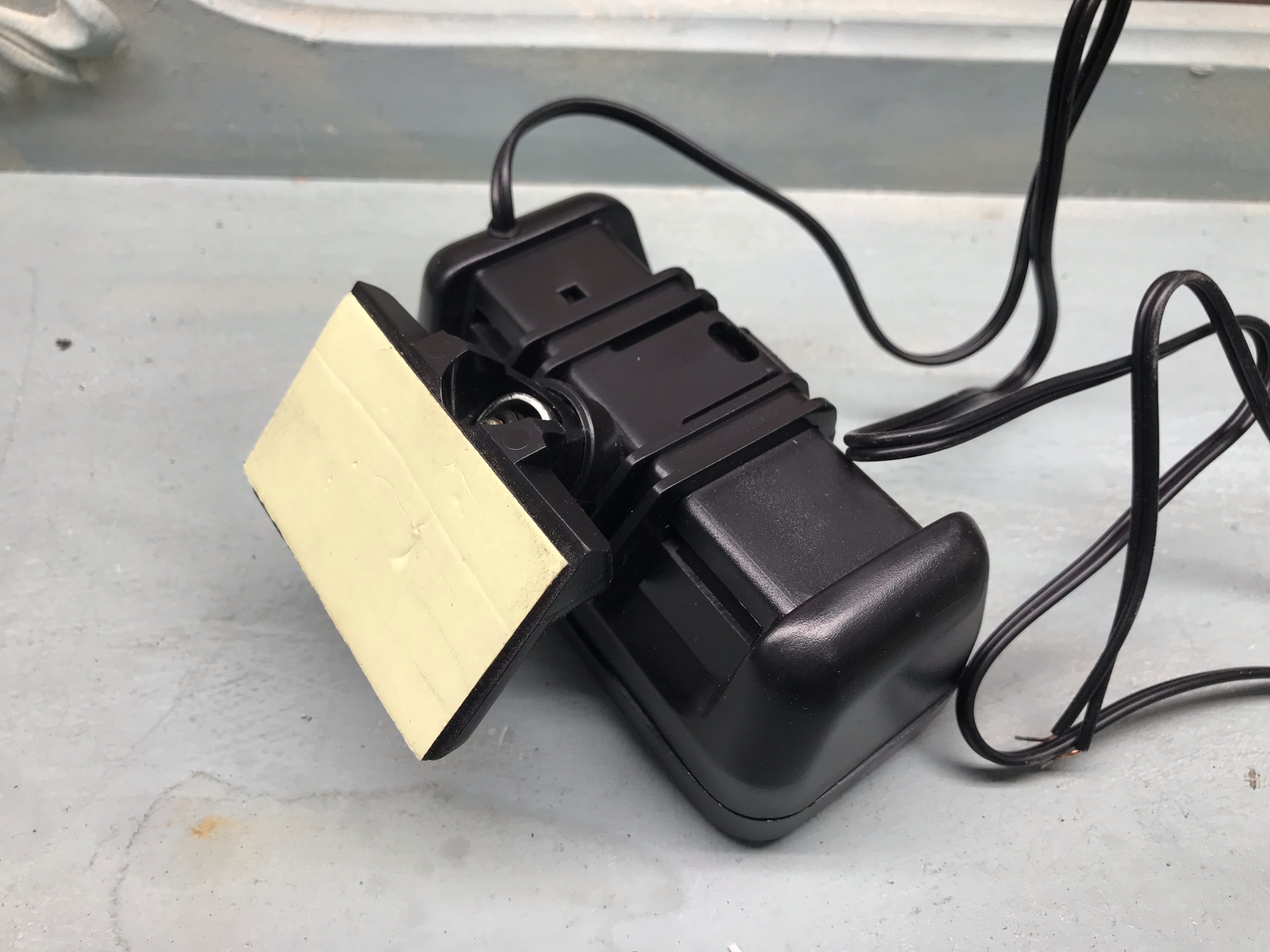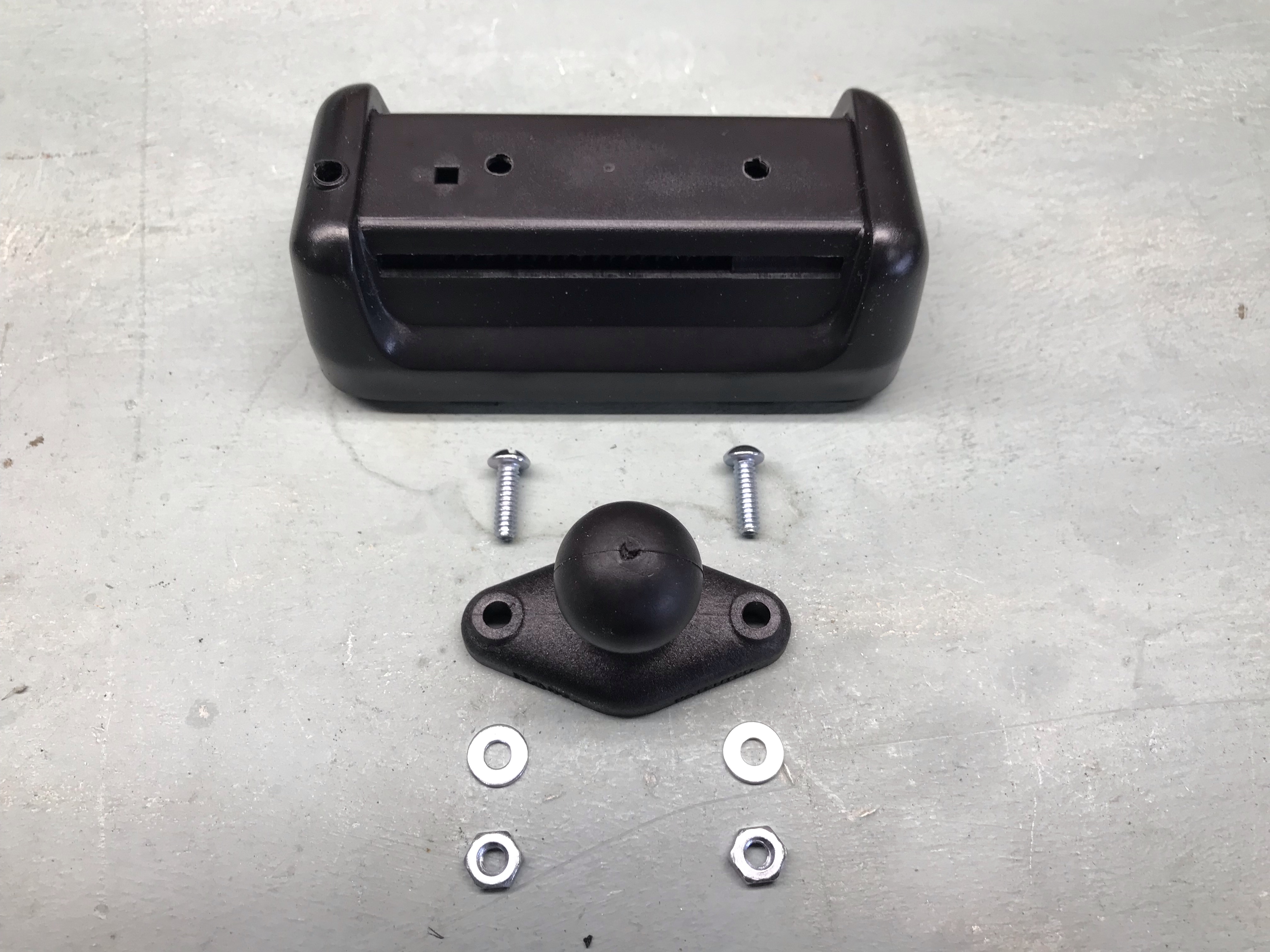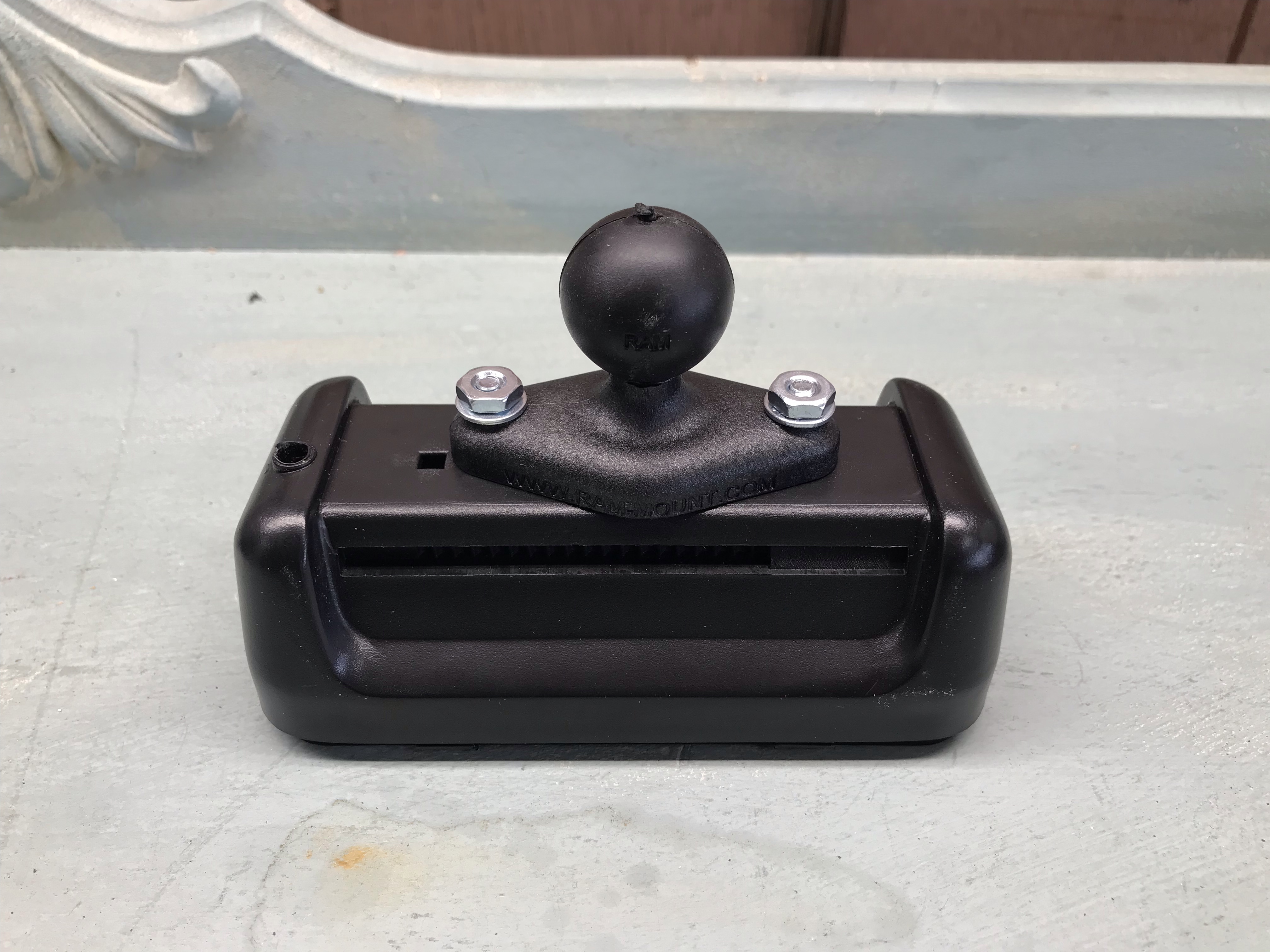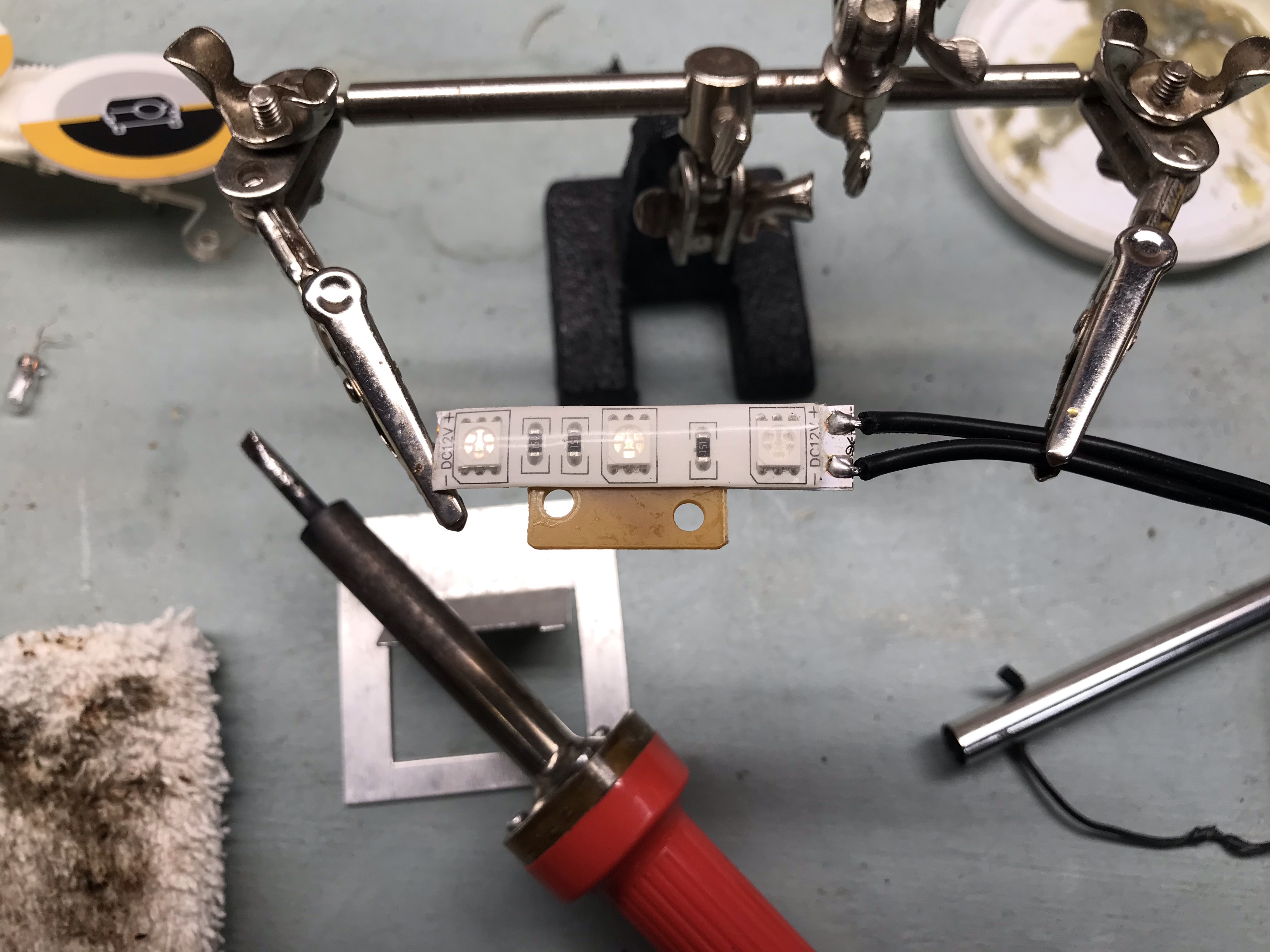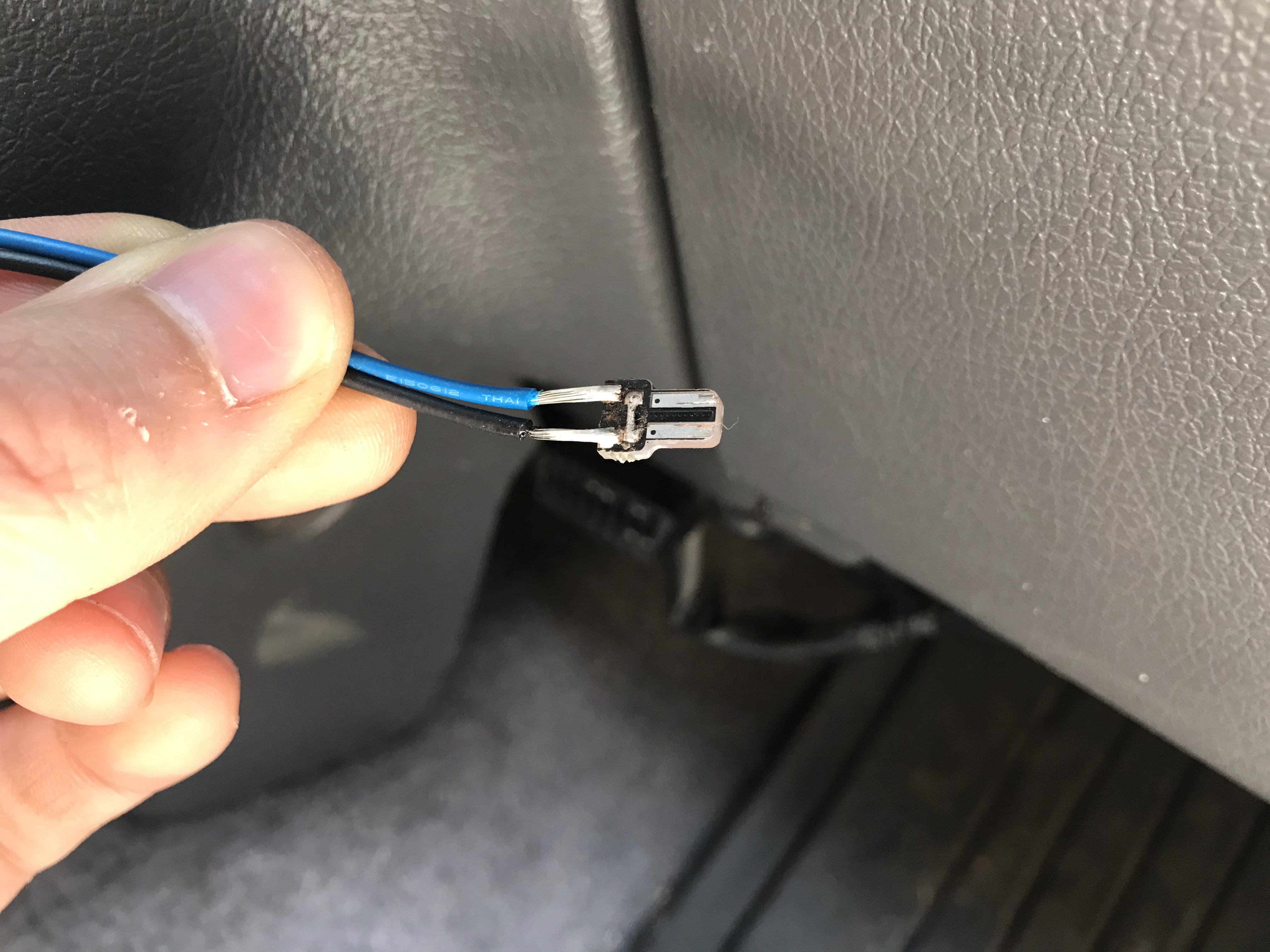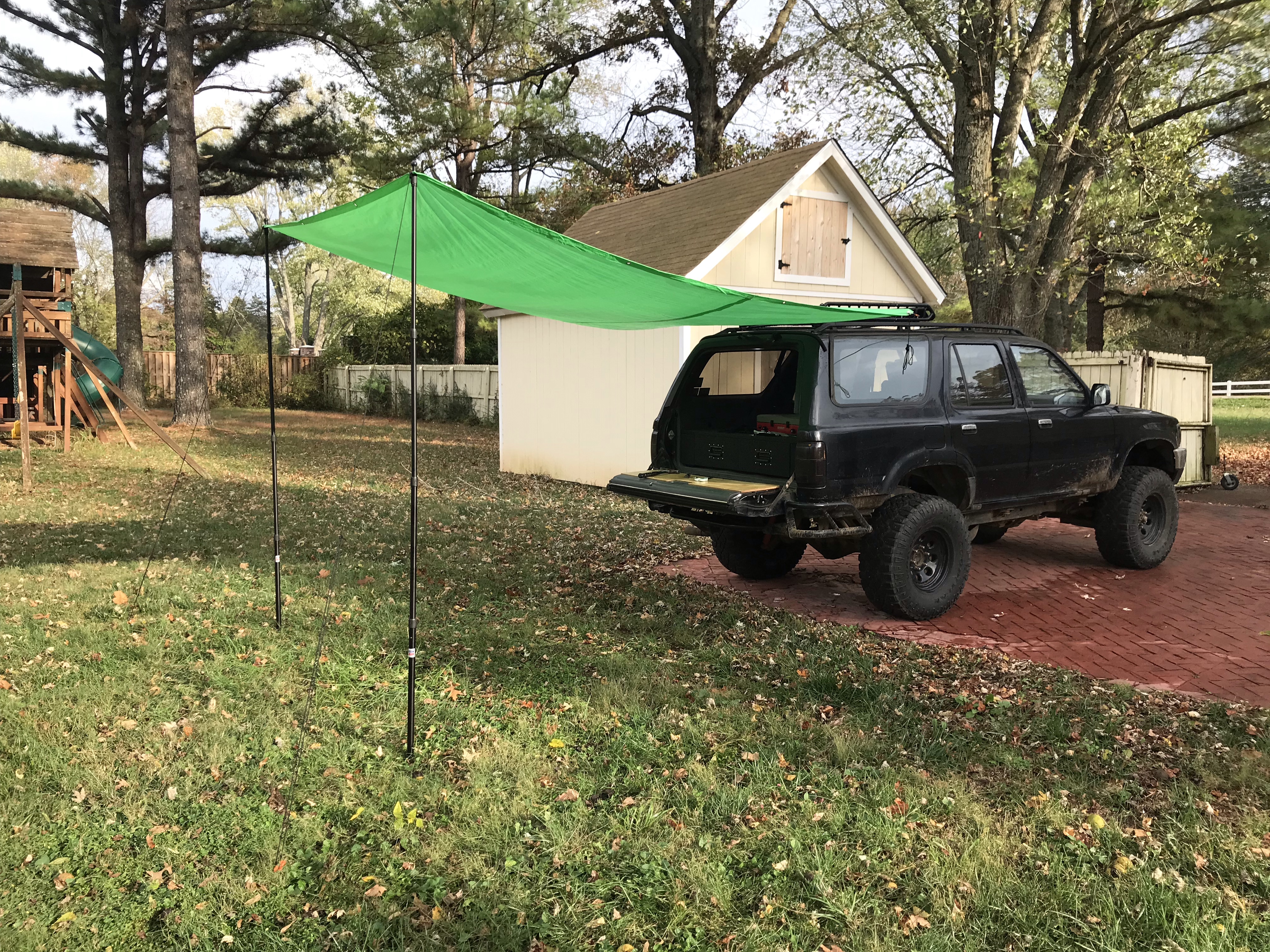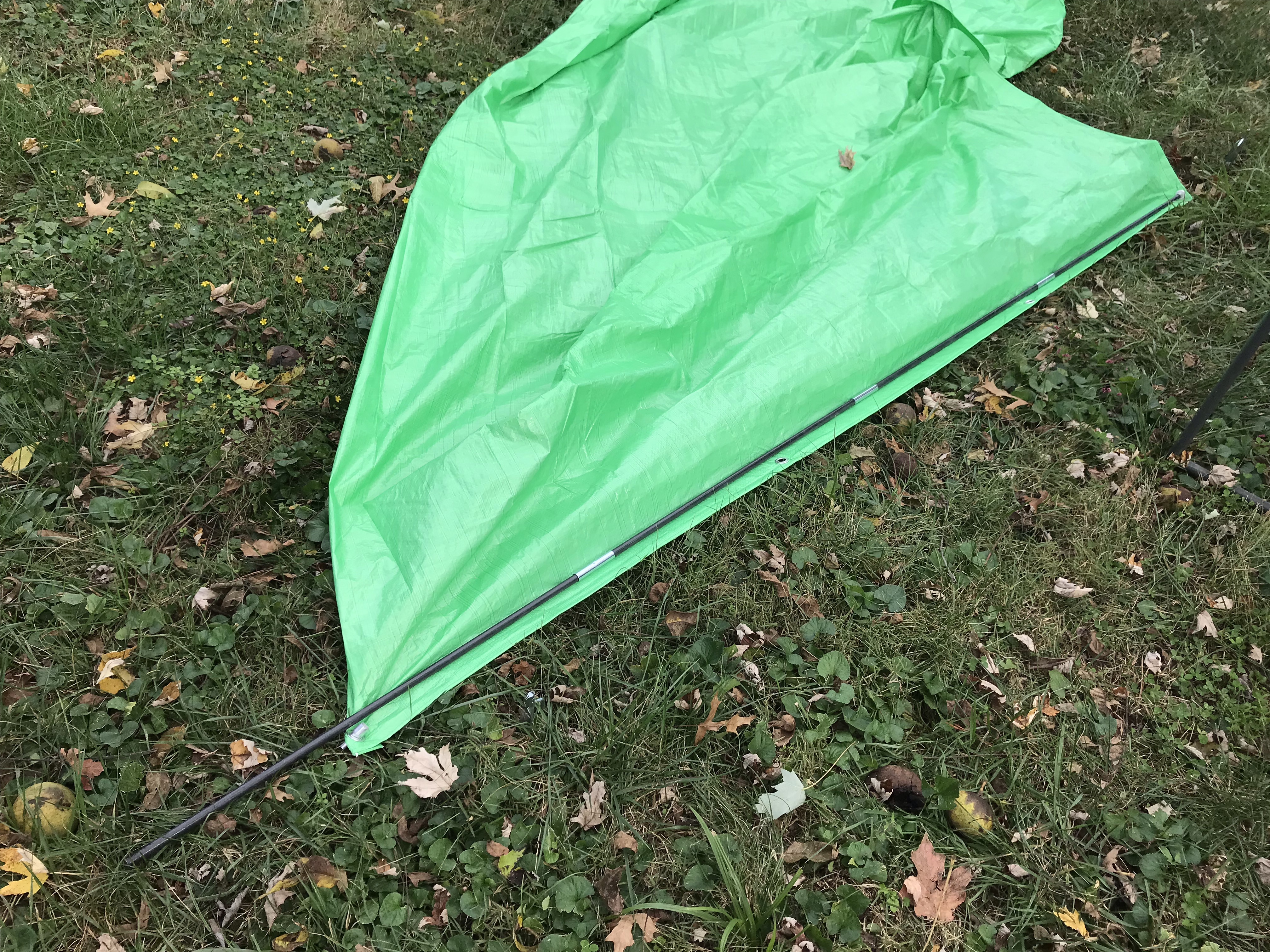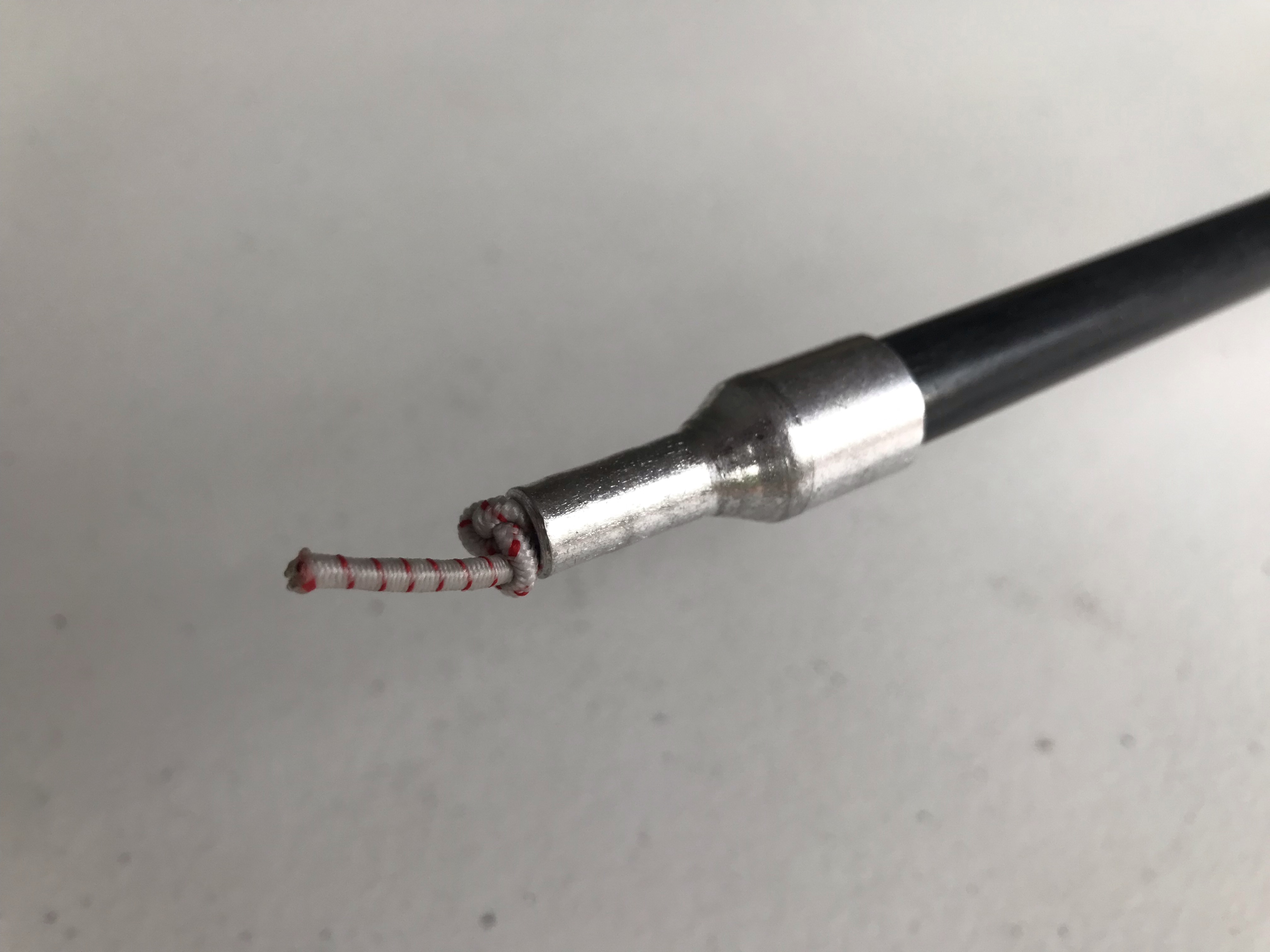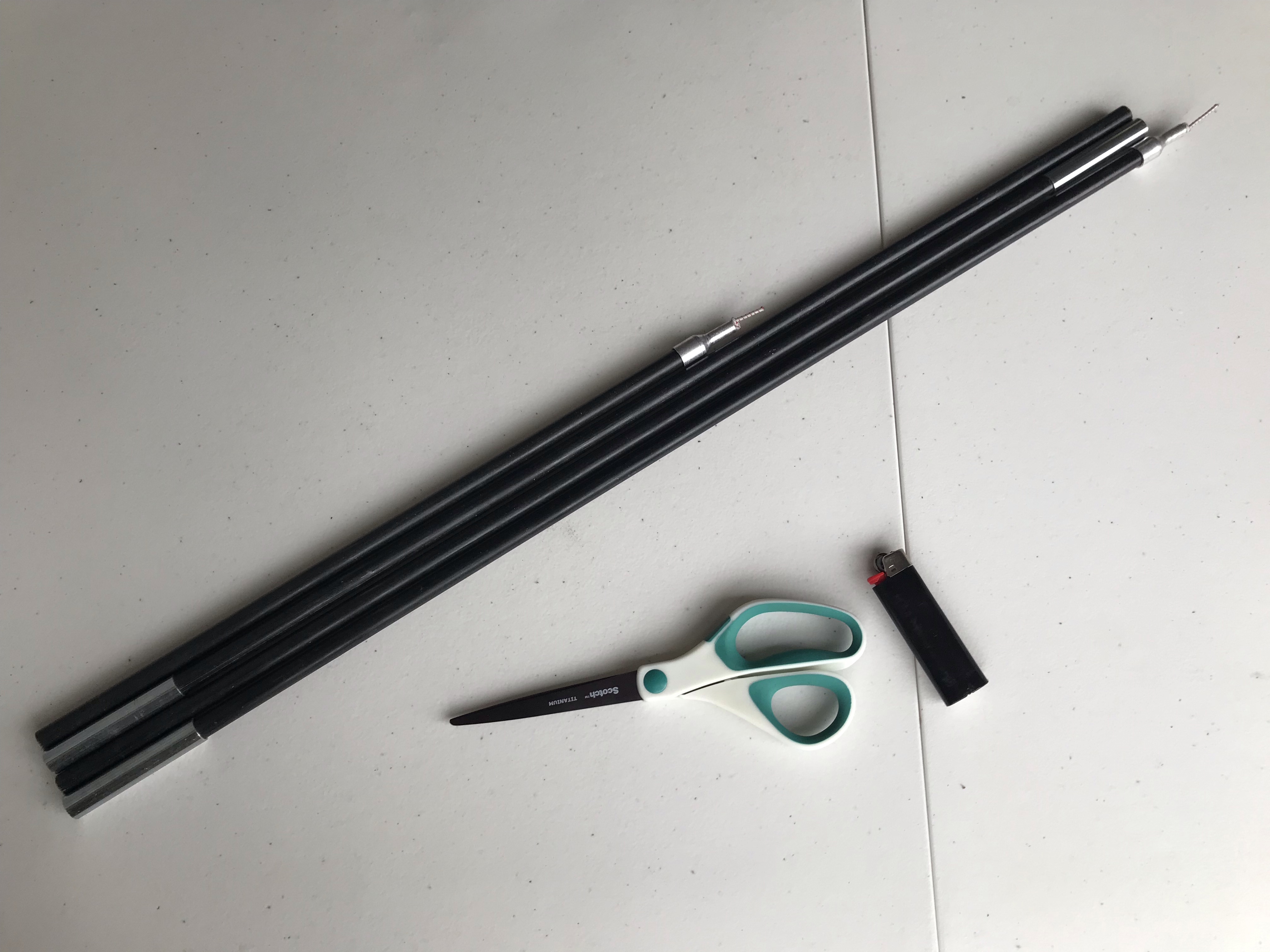I’ve always struggled with a morning routine. I’ve never liked getting up early, although I like being up early, and I’ve also never needed to be up early for my job as a software engineer. However, there’s enough evidence of the benefits of getting up early and having some time set aside in the morning before starting work that I’ve wanted to find a way to accomplish this for myself, so this year I set about developing a morning routine as an experiment.
This past summer, I listed to an episode of A Better Life with Brandon Turner featuring Hal Elrod, who wrote a book called The Miracle Morning. Full disclosure: I haven’t actually read the book. But, in the podcast episode, Hal shared the core principles laid out in his book, and it was inspiring to me in its simplicity and practicality.
As I’ve mentioned before, having systems in place works really well for me, especially when they’re reduced to their essentials and kept simple. I decided to attempt developing a morning routine for myself based on the Miracle Morning principles, starting with setting my alarm for 7:30am (instead of 8am, or no alarm at all).
In order to ensure I actually get up when my alarm goes off, I have my alarm sitting on my dresser across the bedroom, so when it goes off in the morning, I have to actually get up and walk over to the dresser to turn it off. This is the first “hack” I implemented to get myself up and going in the morning.
Once I’m up, I’m already standing at my dresser, so I get dressed, grab my phone, AirPods, and notebook, and slip out of the bedroom (my wife is usually still asleep at this point).
The rest of my routine consists of a list of tasks:
- Drink a glass of water
- Go to the bathroom
- Brush my hair
- Make coffee
- Do devotions
- Do DuoLingo
- Make to-do list
- Empty compost
- Feed animals
- Make breakfast
Hal Elrod talks about a couple of key points to getting a successful start to your day: getting rehydrated, since we’re typically dehydrated after effectively fasting for 8 hours; and staying on your feet for as long as possible first thing in the morning. I’ve found now that if I skip drinking a glass of water first thing, I feel noticeably parched.
I’ve revised my routine a couple of times now, and I’m still working out some kinks, such as if and when to make breakfast, and if it should be for just me or for my whole family (who usually aren’t up yet). The beauty of a system is that it can be iterated upon and optimized, and it gets me a little excited that I can play around with it and constantly tweak it to make it work well for me. One really cool feature of this morning routine is that I’m essentially building a habit, and with habits, you can do habit stacking. So once I had a basic framework, it was easy to tack on additional tasks that I’d like to get done in the morning (like emptying the compost).
So far, my morning routine has been surprisingly successful. I’ve slowly set my alarm earlier and earlier since I started, and I’m now waking up at 6am and have a lot more time before I start work—in fact, I’m writing this blog post before anyone else is awake.
I’ve also been trying to focus on enjoying the ritual of my morning routine, rather than viewing it as a highly optimized list of tasks to get done as quickly as possible. Slowing down and being more intentional about each task helps me to be more thoughtful about the work and have a greater appreciation for what I’m doing.
As I continue to optimize my morning routine, I’ve begun thinking about developing an evening routine to support my morning routine—things like filling the kettle the night before and tidying the house to prepare for the next day. More on this in the future.
If you’re curious for more discussion about morning routines, I also talked about this on my podcast.
